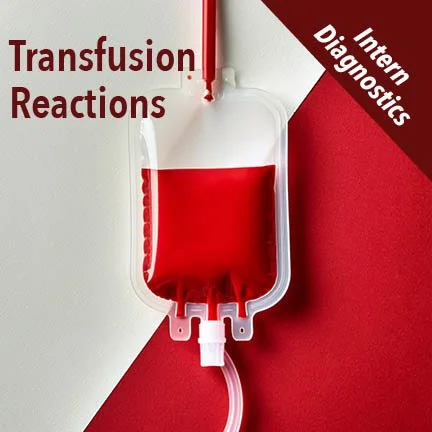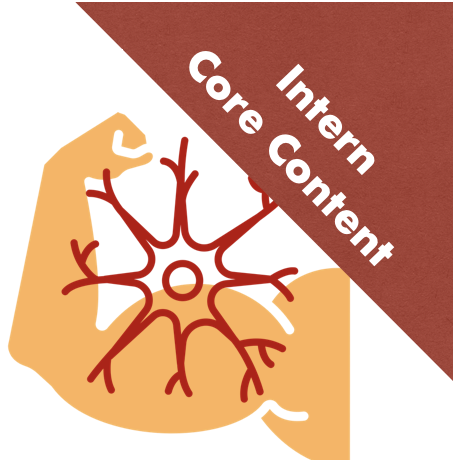Is Your Head Spinning? The Sudbury Vertigo Risk Score
/There is a wide variation in practice, particularly in obtaining neuro-imaging in patients presenting with vertigo. Many patients are imaged and subjected to a longer length of stay, and on the other side of the coin, some patients with serious pathology fall through the cracks. The authors of this study set out to create a risk score to apply to patients who present to the ED with vertigo which would identify the patients at risk for serious pathology (which they defined as stroke, TIA, vertebral artery dissection, or brain tumor).
Read More












